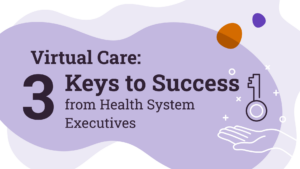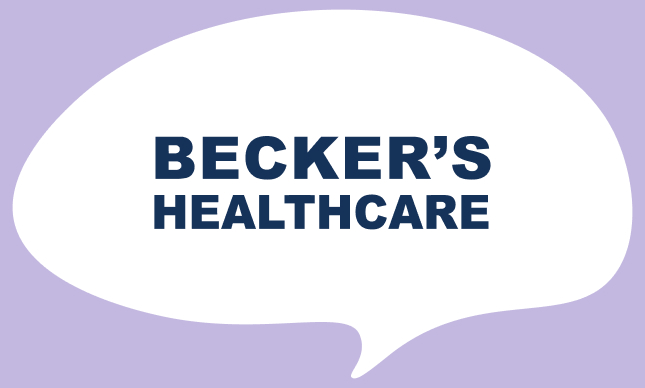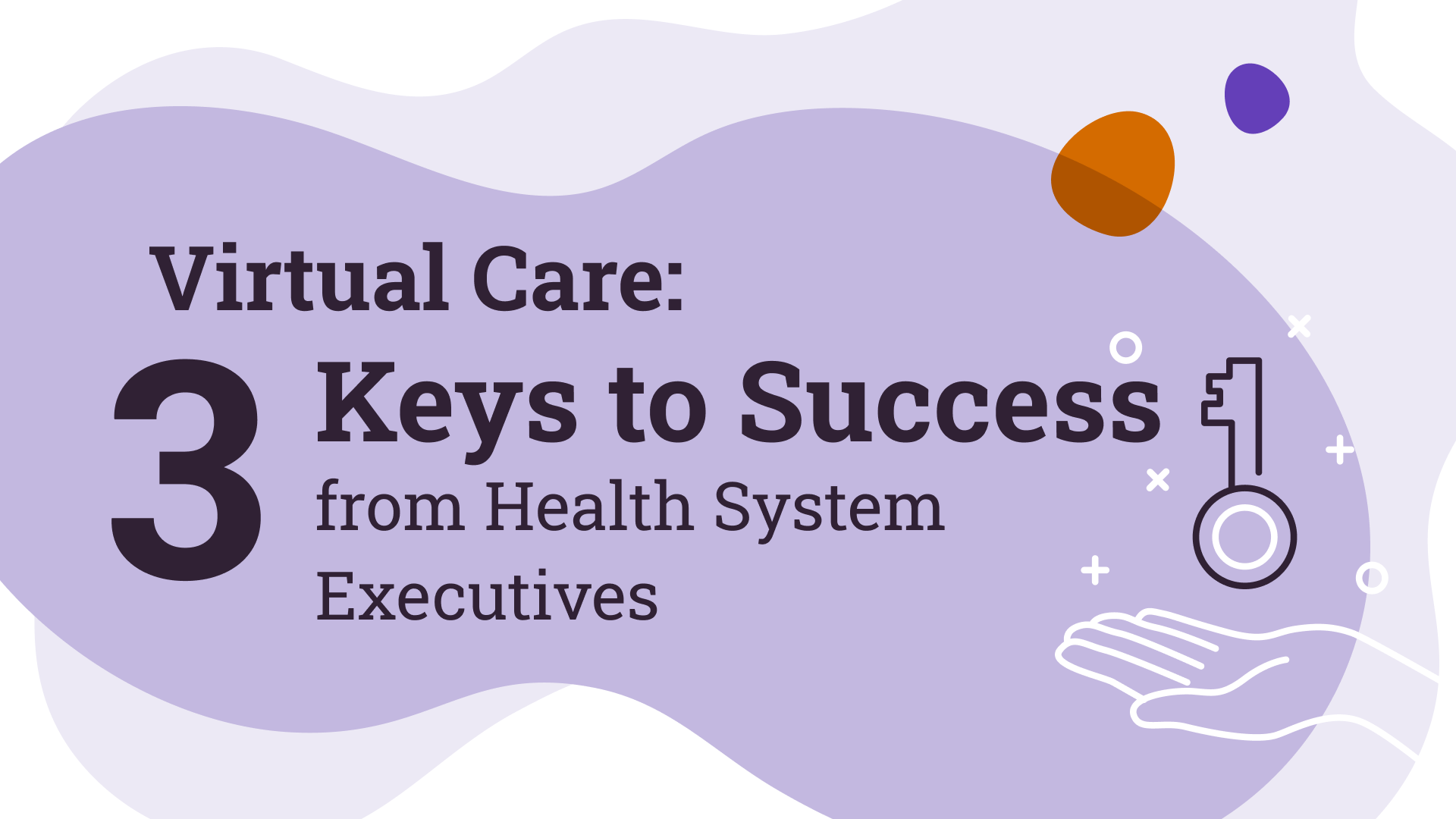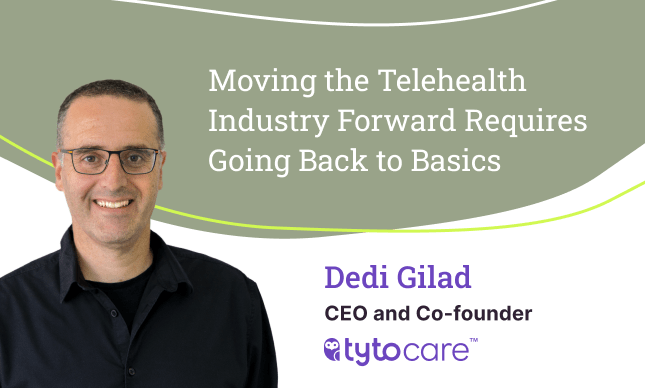Overcoming the Post-Pandemic Utilization Dip: Achieving Greater Adoption of Virtual Care

We were thrilled to host a webinar, together with Fierce Healthcare, about the future of virtual care and the adoption of virtual care solutions in a post-pandemic world. The panelists shared their experiences and insights on how virtual care can be integrated into healthcare systems, the challenges and opportunities in engaging patients, and the potential for virtual care to deliver high-quality, cost-effective care. Read on to learn more about our discussion, and watch the full webinar here.
Speakers
- Harry Saag, National Medical Director of Virtual Care for Walgreens
- Adam Myers, former Senior Vice President and Chief Clinical Transformation Officer for Blue Cross Blue Shield Association
- Moderator: Elizabeth Hyatt, Director of Care Solutions at TytoCare
What we covered
- Discussion on the current state of virtual care adoption and consumer expectations
- Strategies for driving high engagement in virtual care
- The potential for virtual care to provide accurate diagnoses and visit resolution
- The future of virtual care and how it can be integrated into healthcare systems
To watch the full webinar on-demand, click here.
Key takeaways
Takeaway 1: Virtual care can be successfully implemented across acute, chronic, and preventive care with the right approach and technology.
Harry Saag and Adam Myers agreed that virtual care can be successfully implemented across all types of care, including acute, chronic, and preventive care, as long as the right approach and technology is used. “We really need to train our providers and our clinicians about how to garner those data and to make those observations, and then really turn your patient into a partner in garnering those objective data,” Myers said. Saag emphasized the importance of making virtual care easy and accessible for patients, as well as leveraging technology to lower the cost of care delivery.
Takeaway 2: Increased broadband access and payment model changes are essential for the future of virtual care.
Both Saag and Myers discussed the importance of increased broadband access and payment model changes for the future of virtual care. Myers said that in the next three to five years, he expects to see “broadband expansion to where all of this can be more readily available with an equity focus” and a greater shift towards value-based care payment models. Saag also emphasized the need for partnerships between healthcare providers and technology companies, as well as a focus on interoperability to streamline workflows and improve patient outcomes.
Takeaway 3: Consumer engagement and personalized integrated care are key to continued adoption of virtual care.
To keep consumers engaged in virtual care options, Adam Myers explained that healthcare organizations must deliver on the promises of timely, accessible, and affordable care that reduces fragmentation. “People want to feel heard and understood,” he said, “be part of the process of determining their own health outcomes and decisions surrounding their care, and ultimately feel like they’re being cared for by a team of people that are communicating with each other and rowing in the same direction.” Harry Saag also discussed the importance of meeting the unique needs of different patient populations, such as Medicare patients, by making virtual care easy to use and accessible to all.
There’s more…
We also covered more as part of our discussion. Here are some highlights of the rest of our discussion – don’t miss out on the full thing, which you can watch here.
- Virtual care can provide a convenient, cost-effective, and seamless experience for patients.
- The healthcare industry has the potential to move quickly and innovate when necessary, as seen during the COVID-19 pandemic.
- Broadband expansion and payment model changes will be essential for the growth of virtual care in the future.
- Technology, including AI and automation, will play a significant role in improving virtual care workflows and outcomes.
- The future of virtual care will likely involve a mix of in-person and virtual care options, with an emphasis on interoperability and partnerships between providers and technology companies.
To watch the full webinar on-demand, click here.





